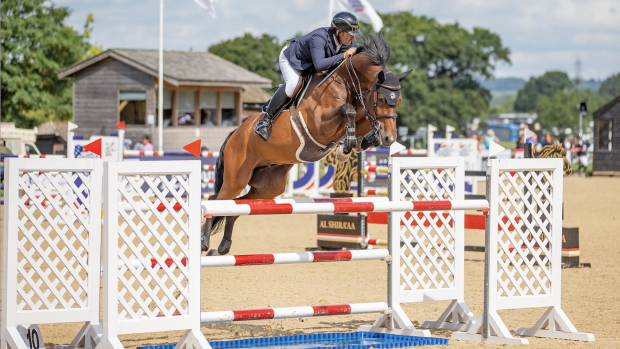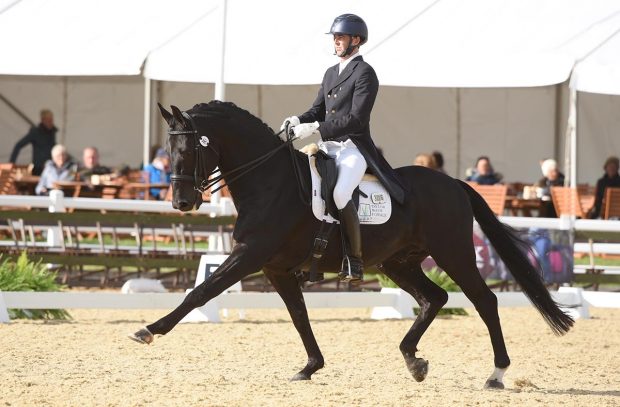Individuals involved with the British breeding industry are running out of time to respond to the breeding section of the British Horse Industry Confederation’s draft strategy for the future of the equestrian industry, warn industry experts.
Launched in February, the strategy intends to “ensure a robust and sustainable future for the horse industry” by outlining aims for the future and proposals of how to achieve them. The consultation period comes to a close on Friday 27 May.
The breeding section of the 66-page document focuses on ways to improve the quality and breeding of Britain’s horses and ponies and help Britain compete with the equine breeding giants on the continent.
Proposals include establishing a single lead body to improve the breeding, marketing and evaluation of all British-bred horses, including Thoroughbreds, sport horses and native ponies, within five years. Currently these three sub-sectors of the breeding industry operate with little or no interaction and the strategy claims that “racing and thoroughbred breeding is exceptionally well co-ordinated and there are lessons to be learned by the other two sectors.”
The strategy goes on to explain that the British Horseracing Board promotes the British thoroughbred at home and abroad, working with Thoroughbred Breeders Association and UK Trade and Investment, and calls for the rest of the breeding sector to “unite, pool resources and employ professionals in order to publicise the merits and successes of our horses.” It also promotes the idea of establishing a national centre where British breeders can present their young stock to prospective buyers.
The National Equine Database is mooted as having huge potential to improve British breeding through developing a system to compare the breeding values of mares and stallions, as well as collating and marketing pedigree and performance data. The strategy proposes that this should also be achieved within five years.
Raising standards in studs through the Breeder’s Quality Mark scheme is also highlighted as a priority. Premium schemes for graded British-bred mares and stallions, successful British breeders and British horses and ponies that succeeding in selected competitions, which would work along similar lines to the Horserace Betting Levy Board’s Breeders’ Prizes Scheme for thoroughbreds, are also among the suggestions for the future.
Finally a national steering committee has been established to inform government policy and assist in monitoring and managing the genetic “health” of British-bred horses, including maintaining its diversity and monitoring potentially damaging inbreeding. The committee also plans to:
- characterise breeds and promote their benefits and use (for example, the use of native breeds such as Exmoor and New Forest ponies in grazing programmes that deliver other important biodiversity objectives)
- maintain an inventory of pedigree animals in co-operation with breed societies
- agree conservation priorities, especially for those breeds most at risk such as the Suffolk Punch and Cleveland Bay
The strategy can be downloaded from www.defra.gov.uk/rural/horses. Both positive and negative thoughts on all aspects of the strategy are welcomed and should be sent to Alice Elliott at Defra ( alice.elliott@DEFRA.GSI.GOV.UK)




